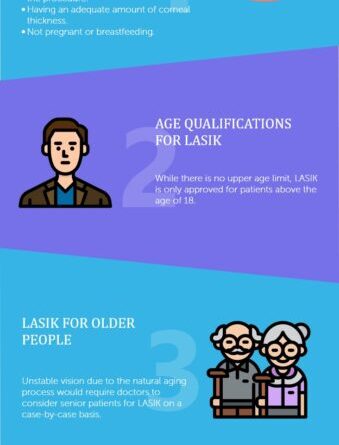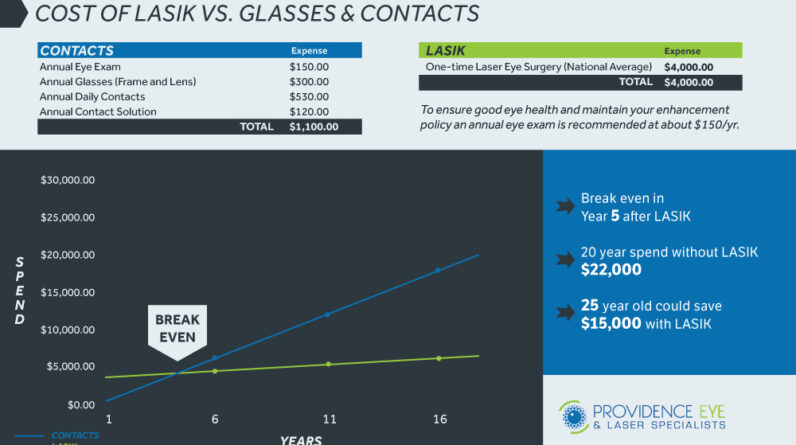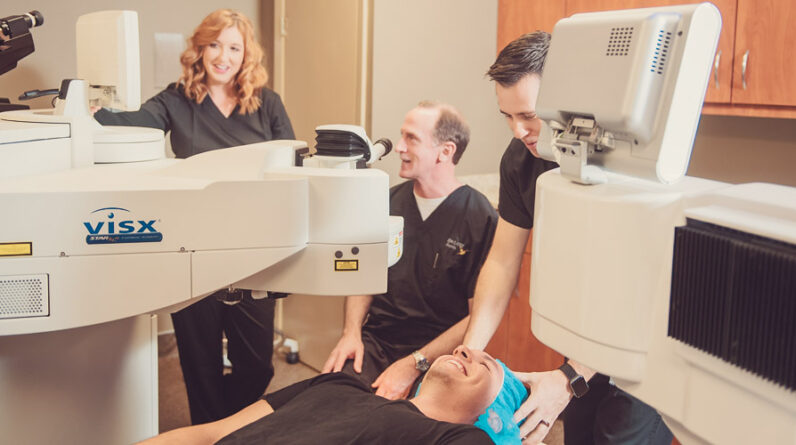LASIK eye surgery, a common procedure to correct vision problems, offers the promise of clear vision without the need for glasses or contact lenses. While the surgery has proven to be highly effective for many people, it is essential to be aware of the potential side effects that can occur. Although rare, complications such as dry eyes, glare, halos, and even loss of vision have been reported by some patients. It is crucial to consult with an experienced eye surgeon and thoroughly understand the risks involved before undergoing LASIK surgery to make an informed decision about your vision correction options.
Potential Side Effects of LASIK Eye Surgery
LASIK eye surgery is a popular procedure that has helped millions of people achieve clear vision without the need for glasses or contact lenses. However, like any surgical intervention, there are potential side effects that you should be aware of before going under the laser. While the majority of patients experience positive outcomes, it is important to understand the potential risks involved. In this article, we will discuss some potential side effects of LASIK eye surgery and provide you with the information you need to make an informed decision about this procedure.

Dry Eyes
One of the most common side effects of LASIK surgery is dry eyes. Your eyes may feel dry, itchy, or irritated for a period of time after the surgery. This happens because the corneal flap created during the procedure can disrupt the normal tear film on the surface of your eyes. The tear film is responsible for keeping your eyes lubricated and comfortable. While most cases of dry eyes are temporary and can be managed with the use of artificial tears or eye drops, some individuals may experience prolonged or chronic dry eye symptoms.
Glare, Halos, and Double Vision
Another potential side effect of LASIK surgery is the occurrence of glare, halos, and double vision. These visual disturbances can occur, especially in low light conditions or when looking at bright lights such as headlights or streetlights. Glare occurs when the light entering your eyes scatters, making it difficult to see clearly. Halos appear as circles of light around objects, and double vision causes you to see two images instead of one. These side effects can be a result of changes in the corneal shape or irregular healing of the corneal flap.
Starbursts
Similar to glare and halos, starbursts are another possible side effect of LASIK surgery. Starbursts are characterized by light rays spreading out and causing a star-like appearance around bright lights. This can affect your ability to drive at night or participate in activities that require sharp visual acuity. While most cases of starbursts may improve over time as the eyes heal, in some instances they can persist or even worsen.
Fluctuating Vision
In the weeks or even months following LASIK surgery, some individuals may experience fluctuations in their vision. Your vision may seem clear one moment and blurry the next. This can be disconcerting and may affect your day-to-day activities. Fluctuating vision is often a result of corneal healing and stabilizing after surgery. Most cases of fluctuating vision resolve on their own as the eyes adapt to the changes, but it is important to communicate any concerns with your eye surgeon.

Night Vision Problems
While LASIK surgery can greatly improve your vision during the day, some individuals may experience problems with night vision. This can manifest as difficulty seeing in dimly lit environments, increased sensitivity to glare and halos, or reduced overall visual clarity in low light conditions. Night vision problems can be exacerbated by other factors such as dry eyes or higher order aberrations. It is essential to discuss any concerns about your night vision with your eye surgeon before undergoing LASIK surgery.
Sensitivity to Light
Following LASIK surgery, you may experience increased sensitivity to light, also known as photophobia. This sensitivity can make it uncomfortable for you to be in bright environments or to be exposed to direct sunlight. While photophobia is typically temporary and resolves as your eyes heal, it is important to protect your eyes with sunglasses or other protective eyewear during this time. If your sensitivity to light persists or worsens, it is crucial to consult with your eye surgeon.

Corneal Ectasia
Corneal ectasia is a rare but serious potential side effect of LASIK surgery. It occurs when the cornea becomes weakened and thin, leading to a bulging or warping of the corneal surface. This can cause distorted vision, increased myopia, and astigmatism. Corneal ectasia can occur years after LASIK surgery and may require additional procedures to correct the condition. It is important to undergo thorough screening and evaluation prior to LASIK surgery to minimize the risk of corneal ectasia.
Undercorrections and Overcorrections
Another possible side effect of LASIK surgery is the occurrence of undercorrections or overcorrections. Undercorrection happens when the intended visual outcome is not fully achieved, resulting in residual refractive error. Overcorrection occurs when too much corneal tissue is removed, leading to a visual outcome that is hyperopic or farsighted. Both undercorrections and overcorrections can be addressed with additional surgeries or enhancements, but in some cases, they may result in a permanent change in your visual acuity.

Infections
While rare, infections can potentially occur after LASIK surgery. Infections can arise due to a breach in the corneal flap or poor postoperative care. Signs of infection may include increased redness, pain, discharge, and decreased vision. If you experience any of these symptoms, it is important to seek immediate medical attention to prevent further complications. Following your surgeon’s postoperative instructions and keeping your eyes clean and protected can help minimize the risk of infections.
Regression of Vision
Although LASIK surgery is designed to provide long-term vision correction, some individuals may experience regression of vision over time. Regression occurs when the treated cornea slowly reverts to its pre-operative shape, resulting in a return of nearsightedness, farsightedness, or astigmatism. The likelihood of regression can vary depending on individual factors such as age, prescription, and cornea thickness. Regression of vision may require additional procedures or the use of corrective lenses to maintain clear vision.
In conclusion, while LASIK eye surgery has provided many people with improved vision and a higher quality of life, it is important to understand that there are potential side effects associated with this procedure. Dry eyes, glare, halos, double vision, starbursts, fluctuating vision, night vision problems, sensitivity to light, corneal ectasia, undercorrections, overcorrections, infections, and regression of vision are all potential risks. It is crucial to have a thorough consultation with an experienced eye surgeon, discuss your expectations and concerns, and weigh the potential benefits against the risks before making a decision to undergo LASIK surgery. Your eye surgeon will be able to provide you with personalized advice based on your unique circumstances to help you make an informed choice.






